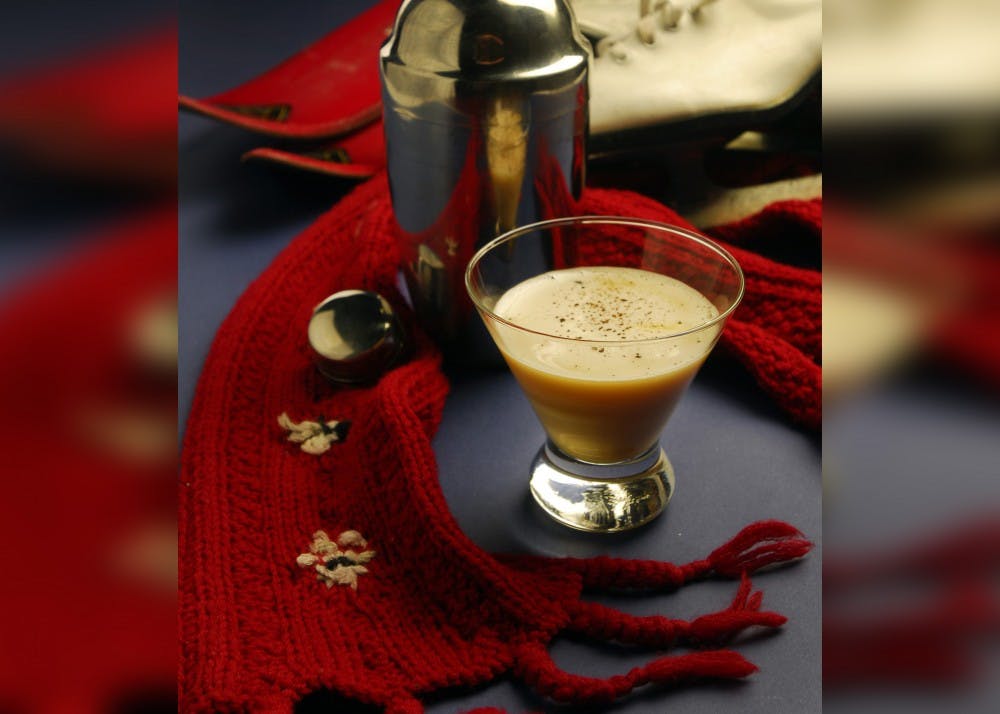As Thanksgiving break draws to an end, we can safely assume 'tis finally the season. With any major holidays, dishes traditionally eaten at Christmas are essential components of the holiday celebrations. Most often than not, these foods came a long way in order to be with us today and have been tried and enjoyed by countless people through the ages.
Eggnog
Oh, the quintessential Christmas drink. The mere mention of eggnog conjures up the vision of sitting in a cozy armchair by a roaring fireplace, already decked with stockings and garlands, holding a cup of this beloved cocktail.
According to The Spruce Eats, eggnog most likely originated in Europe. Medieval monks were known to drink a warm ale punch mixed with eggs and figs called “posset” in the 13th century. The recipe of the drink soon spread outside the churches and abbeys but was mainly used by the rich and powerful in toasts to prosperity and good health, as milk, eggs and sherry tended to be unattainable luxuries for the poor.
Despite its long history, eggnog was only associated with Christmas when it came across the pond with the settlers in the 1700s. Rum was substituted in place of the much more expensive and aristocratic sherry. Along with the abundant milk and eggs produced in farms across the North American colonies, this new twist to an age-old traditional beverage soon became a favorite for people from all walks of life.
Christmas Ham
Rooted in pagan ritual traditions long before the coming of Christ, the Christmas ham is even more ancient than the eggnog. Wild boar was the ideal meat to serve at feasts for Germanic and Norse tribes, who also believed the animal was sacred to the god Freyr, a symbol of fertility, prosperity and fair weather.
When the Christians arrived onto the history scene, they adopted the ham, along with many other traditions from various cultures into their narrative. Pork meat became associated with Saint Stephen, whose feast day falls on Dec. 26. The ham thus became firmly entrenched in the Christmas spirit and has been immortalized in many a literary holiday meal.
Gingerbread
Whether molded into little man-shaped cookies or built into exquisite little houses, nothing elicits the image of the typical holiday season more than the timeless gingerbread. The sweet and spiced confection was a staple treat during medieval celebrations and fairs, so much so that some of these fairs came to be known as “gingerbread fairs” over time.
Gingerbread houses, on the other hand, originated in 16th century Germany. The popularity of these edible construction projects skyrocketed with the publication of the Brothers Grimm fairy tale “Hansel and Gretel,” in which the villain, a witch, lives in a cottage made of gingerbread and candy. Early German settlers then brought their tradition over to the Americas.
Now go ahead and season your holiday meal with your newfound knowledge of the dishes on the table.




